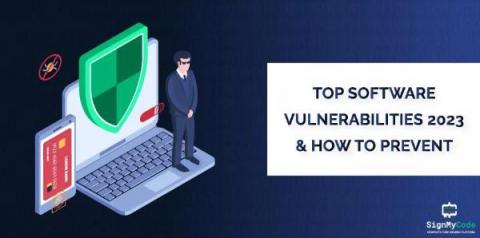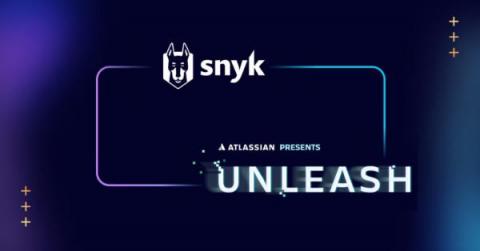CSPRNG: Random algorithms need security too!
If I throw a coin high up in the air, I know the outcome — it will either be heads or tails. However, I can’t predict which it will be. I will certainly be able to guess with a 50% chance, but I can’t be 100% certain. If I were to roll a die, my certainty becomes less (1 in 6). However, I still know what the output could be. Computers are great at many things, especially predictability. They are deterministic and creating a truly random number is impossible.











